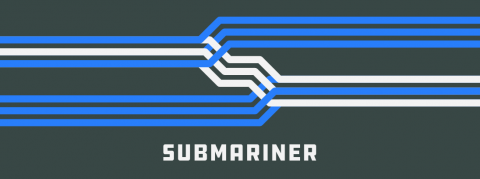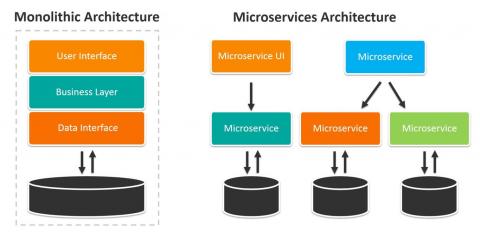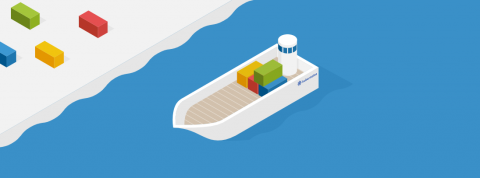Comparing Kubernetes CNI Providers: Flannel, Calico, Canal, and Weave
Network architecture is one of the more complicated aspects of many Kubernetes installations. The Kubernetes networking model itself demands certain network features but allows for some flexibility regarding the implementation. As a result, various projects have been released to address specific environments and requirements.








